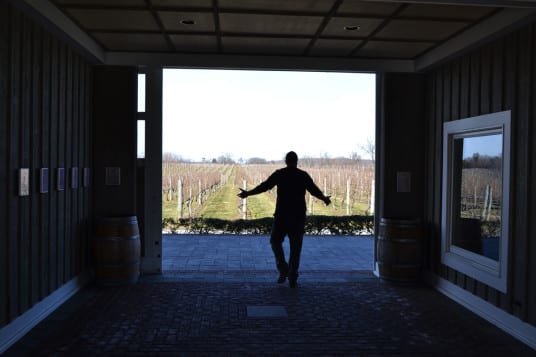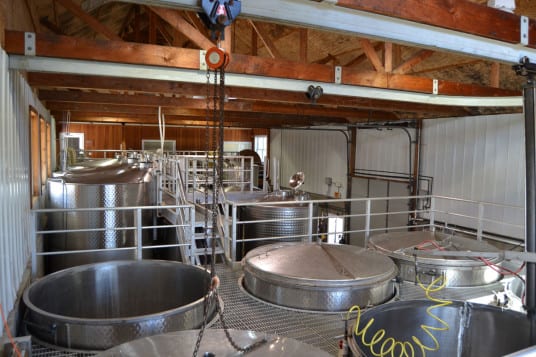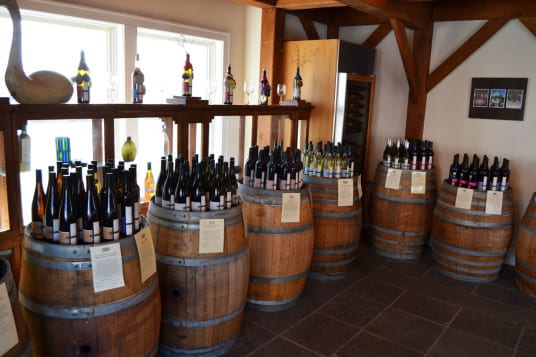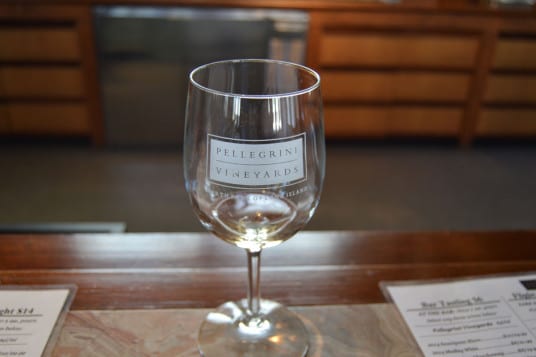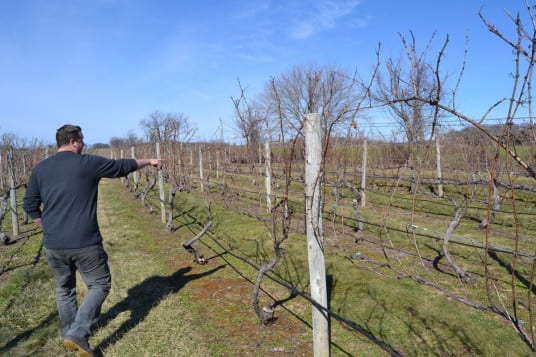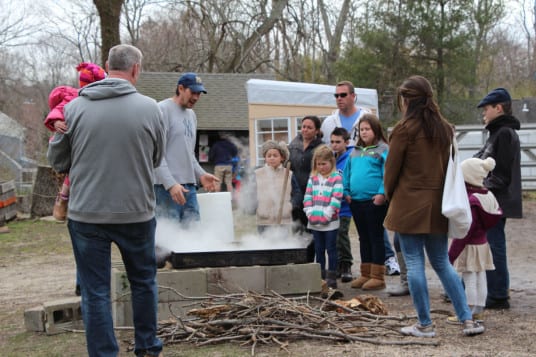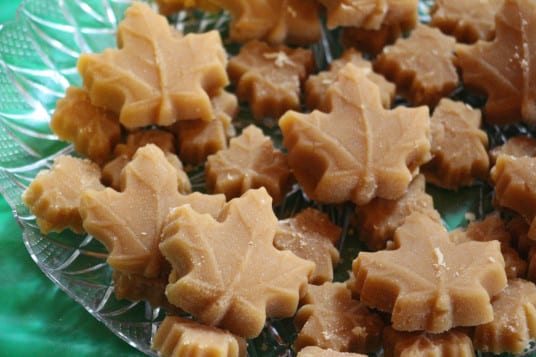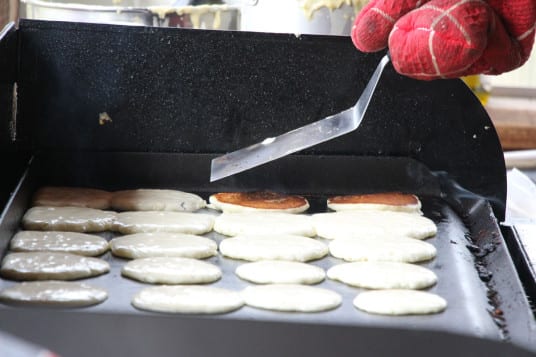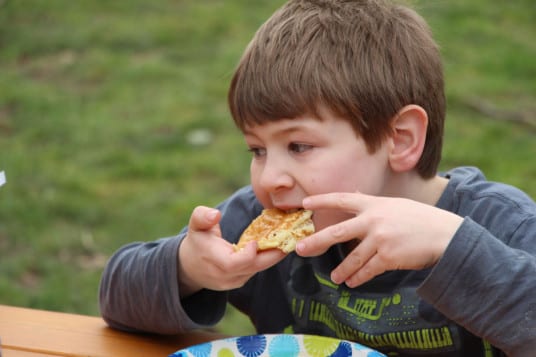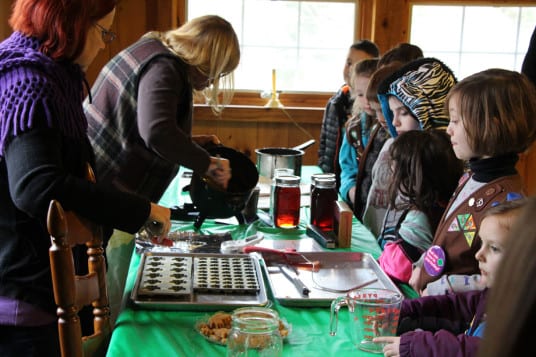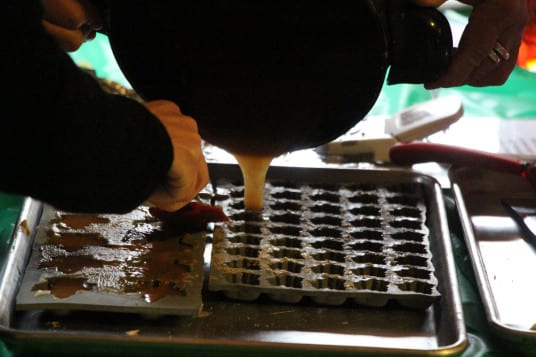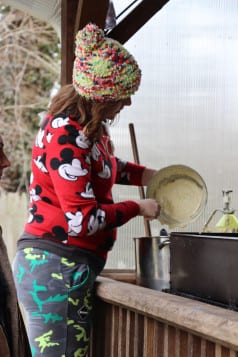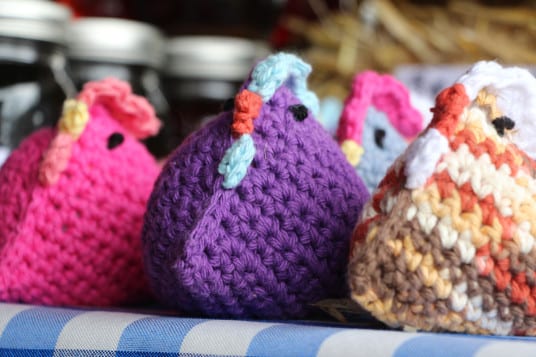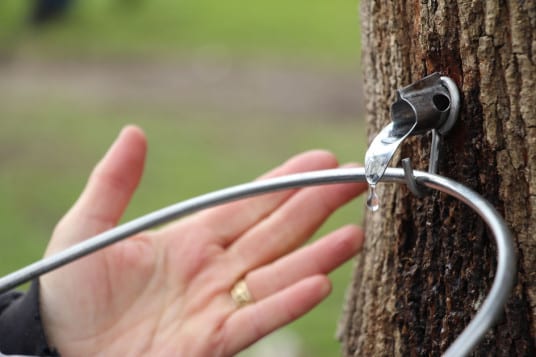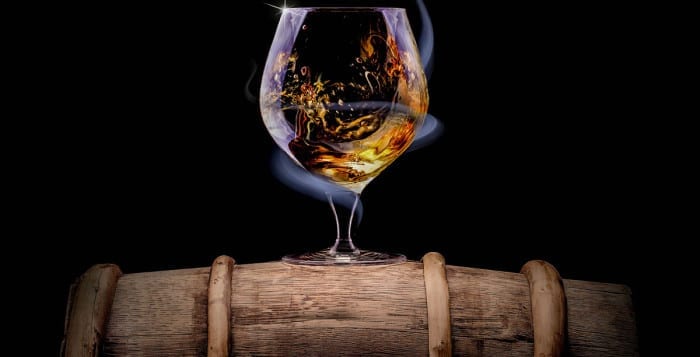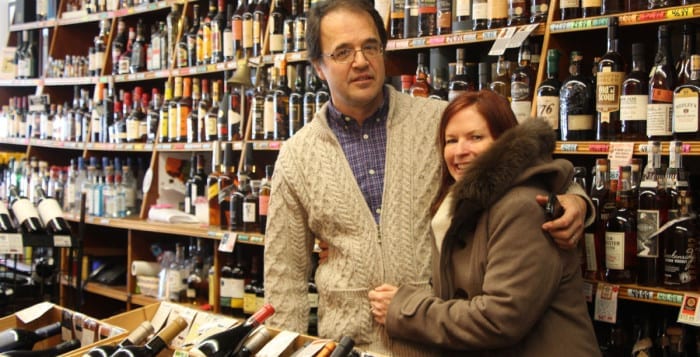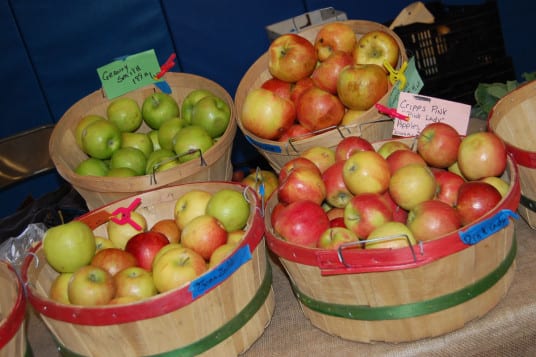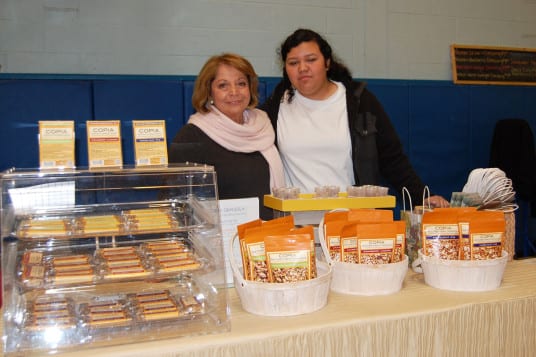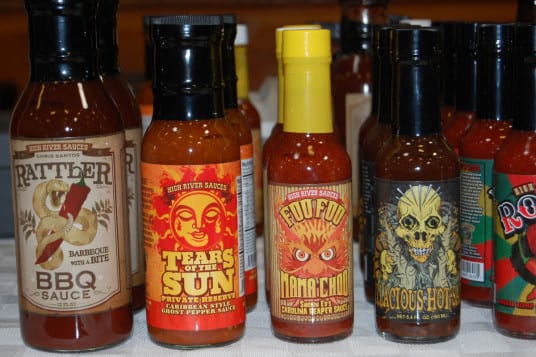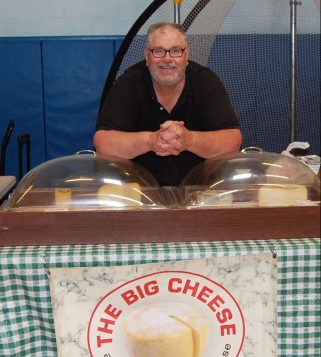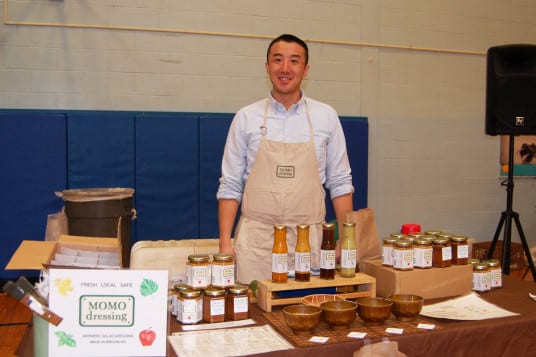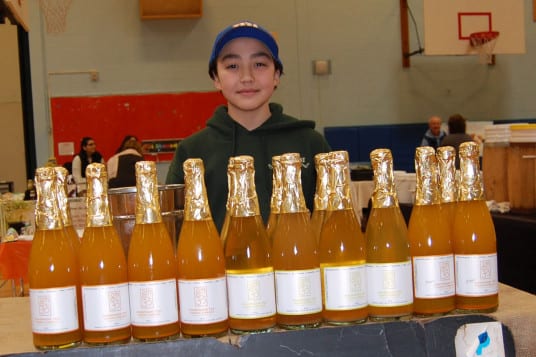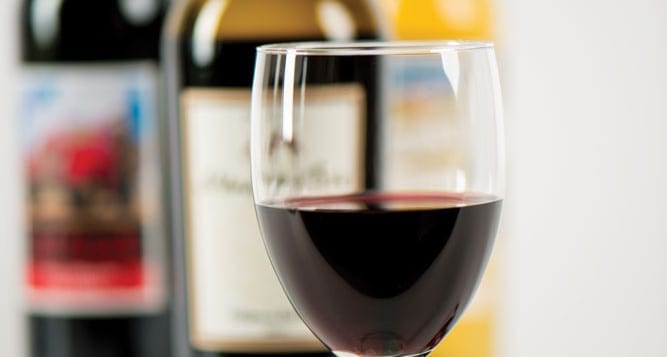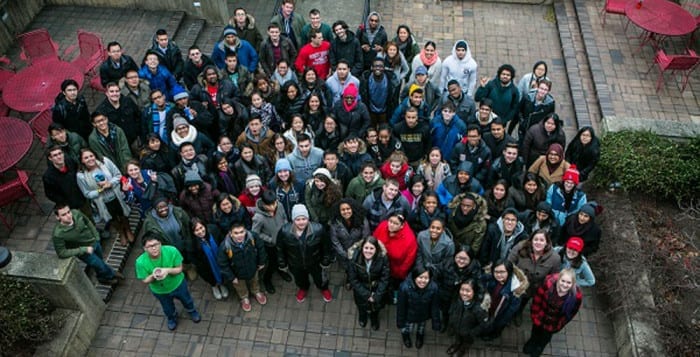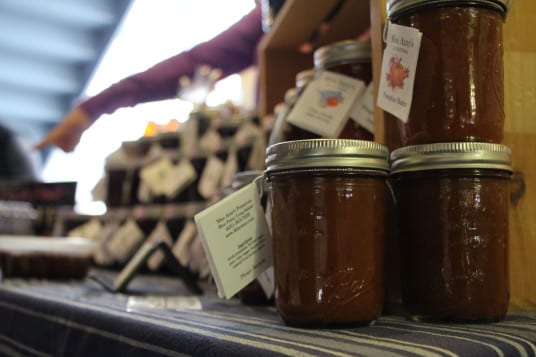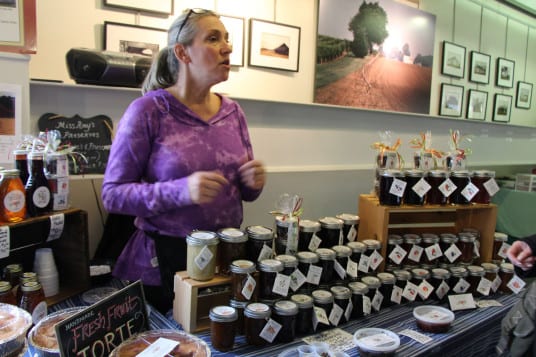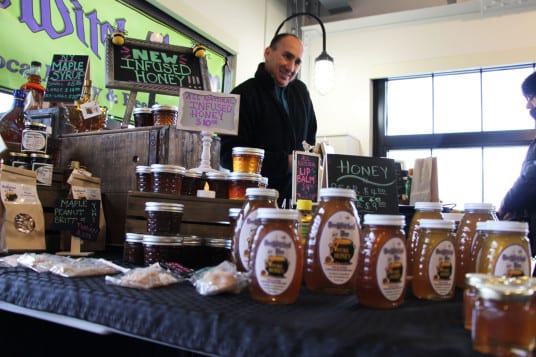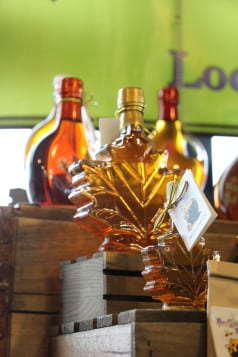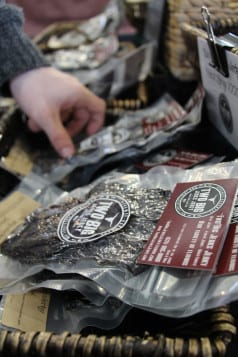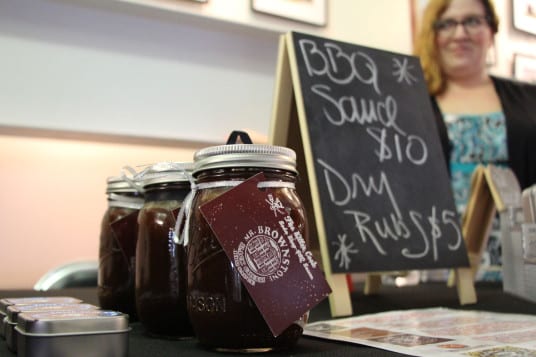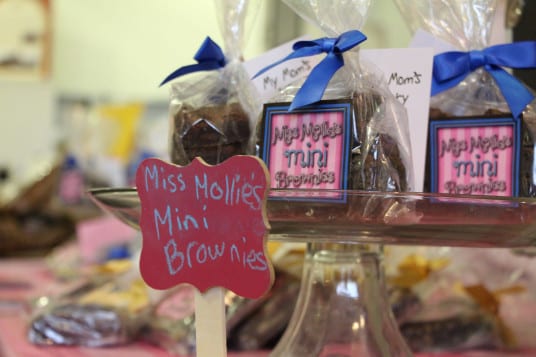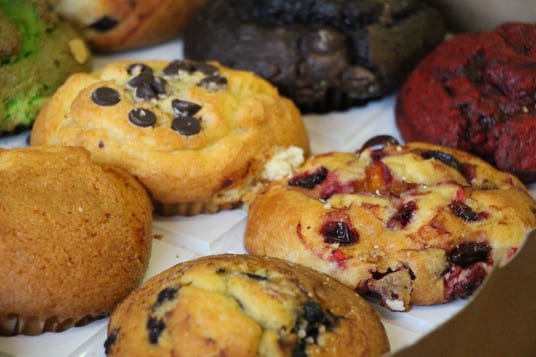In 1982, Bob and Joyce Pellegrini had a vision. They wanted to own a quality winery with gorgeous views and a tasting room fit for their superior products. Bob Pellegrini passed away in early 2015, but his vision lives on with his wife and their professional and talented staff who are committed to the vision that the couple had over three decades ago.
Despite growth in the Long Island wine industry and booming demand for “party bus tours” and events built around entertainment first and great wine second, Pellegrini Vineyards has managed to stay true to who they are. Tasting room manager John Larsen and winemaker Zander Hargrave both stressed that desire to remain aligned with the Pellegrini’s mission.
Pellegrini is for serious wine drinkers. That was the overwhelming message from Larsen and Hargrave when I visited the vineyard on the first whisper of a spring day last week. That is not to say that those lacking a substantial base of knowledge in anything winemaking or drinking related should be intimidated by the experience at the Cutchogue vineyard. All that you need to bring through the door is a desire for knowledge and an appreciation for the delicate art that is winemaking.
“If you were looking for a party with your friends, this might be your perfect first stop,” Larsen said in Pellegrini’s Vintner’s Room, a second-floor sitting area with a massive window overlooking rows upon rows of vines growing the business’s cash crop. “Come and hang out, see what we’re all about, then go see music somewhere else later in the afternoon if you want the full experience of the North Fork,” Larsen added.
The team at Pellegrini Vineyards would prefer for their outstanding wine, customer service and breathtaking views to speak for themselves. Neither Larsen nor Hargrave seemed to begrudge any of the many vineyards that choose to be “event centers” as Larsen referred to them. However, neither has any desire to jump on that train. At least not right now.
“This is a true winery,” Larsen said. “We focus on the wine, and the customer service that goes along with it.”
Pellegrini Vineyards offers a wine club, which gets members exclusive wine releases, access to special dinners, luncheons, self-guided winery tours and other events. Both Hargrave and Larsen suggested that membership in the club is the ideal way to enjoy everything that Pellegrini has to offer.
Winemaking is in Hargrave’s blood. He has been at Pellegrini since the fall of 2014, though his roots in the Long Island wine industry date back to the very beginning. His parents, Louisa and Alex Hargrave, were the brave entrepreneurs who first decided that the North Fork of Long Island was being wasted by only growing potatoes.
Zander grew up at Hargrave Vineyards. He has essentially spent a lifetime in the wine community along the North Fork, save for a few hiatuses to pursue a teaching career, managing a vegetable farm and selling advertisements for a newspaper.
“I grew up with it,” Hargrave said about his youth around winemaking, which clearly has shaped the way that he hopes people enjoying his wine use it to craft memorable experiences. “It’s about the people. It was always about the people. The wine is sort of a conduit to relationships with people. When I look back on my life growing up in the vineyard, it was ‘who’s coming by?’ It was the excitement of the harvest, guests at our home, having dinner with really interesting people. That, to me, stands out more than anything. And of course as I got into the work and got older I gained an appreciation for wine itself. That’s not what I really think about growing up. It was all about the people.”
Hargrave raved about the state-of-the-art equipment that he has at his disposal, which makes the vineyard’s old world mentality of fine winemaking much easier to pull off. “I would say probably the most unique feature of the Pellegrini winery is we have six, ten-ton open fermenters that we do most of our reds in,” he said. The giant fermenters feature a pneumatic punch-down system that, without getting too technical, serves the same purpose as the old method of grape stomping. The tanks have a long arm that gently stirs the contents to submerge the flavor-packed grape skins that tend to rise to the top.
I asked Hargrave what he would bring home if he were grilling steaks for dinner. “You got to go with the Encore,” he said immediately. “That’s our Bordeaux blend. It’s only released in the very best vintages. The current vintage is 2010, which was one of the best vintages ever on Long Island. I did make a ‘13 that will be released down the line once it gets some bottle age. You can’t go wrong.”
Hargrave suggested his sauvignon blanc if seafood is on the menu. He also beamed with pride when describing Pellegrini’s chardonnay, which he touted as special and unique. He also called their merlot “world class.”
Sticking to their guns has been challenging at times, but it is easy to see why Pellegrini has been able to keep their focus on quality wine above all else. The passion that all of their employees have for great wine and the great experience that is learning about new wine through tasting and conversation is the lasting memory of a couple of hours spent there.
The roughly 30 acres of rolling hills, a feature that Larsen said is unique to Pellegrini on a mostly flat North Fork, could make relaxing in their outdoor courtyard with a glass in hand feel like a European getaway. An hour by car might seem like a rigorous day trip, but it’s nothing compared to a six-hour flight over the Atlantic Ocean. The experience might not be the same, but at Pellegrini it would be just as enjoyable.
Pellegrini Vineyards is located at 23005 Main Road, Cutchogue. For more information call 631-734-4111 or visit www.pellegrinivineyards.com.

